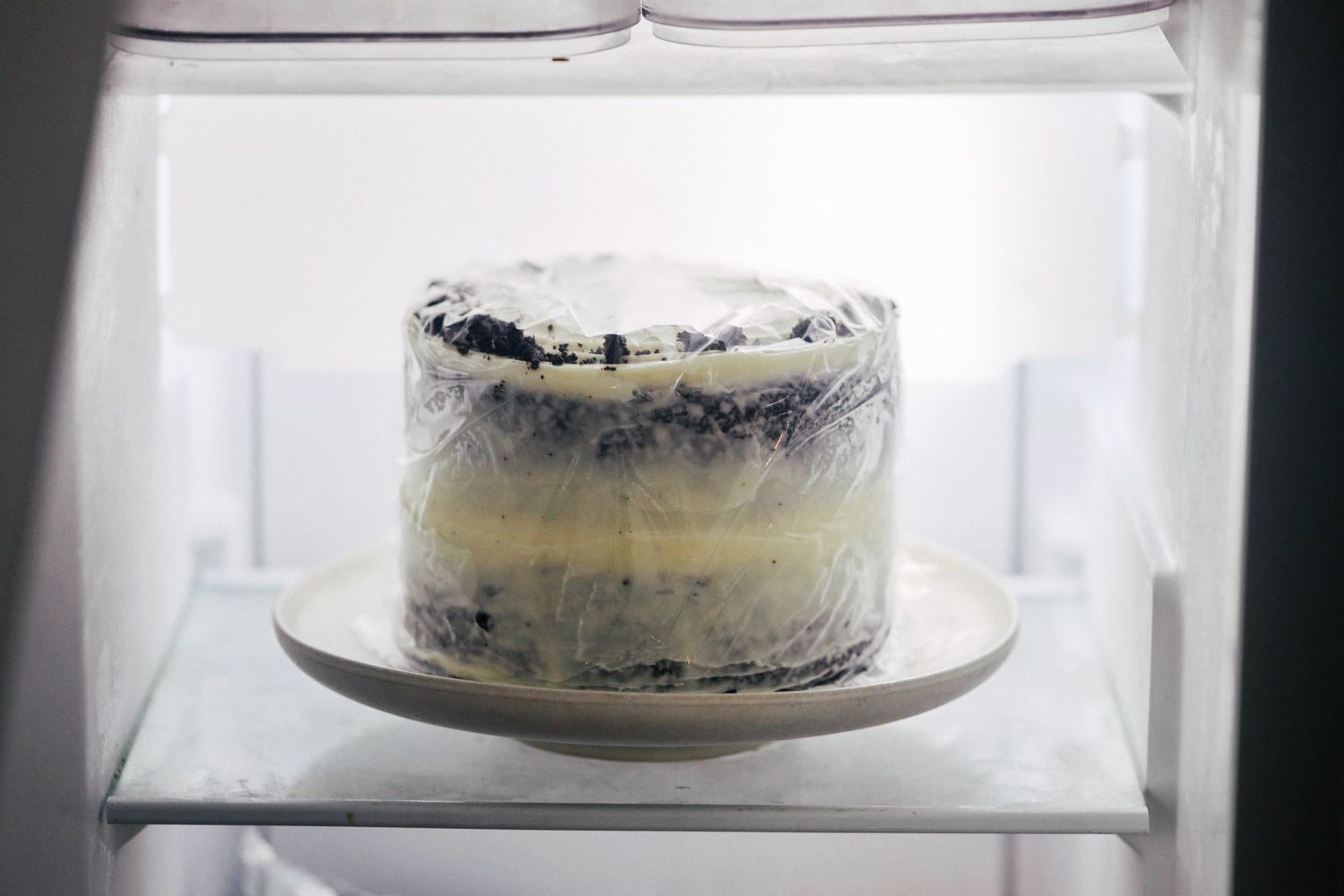

Articles
How Long Can Cake Stay In The Freezer
Modified: May 6, 2024
Discover how long cake can stay in the freezer with this informative article. Learn the best storage practices and avoid unnecessary waste.
(Many of the links in this article redirect to a specific reviewed product. Your purchase of these products through affiliate links helps to generate commission for Storables.com, at no extra cost. Learn more)
Introduction
Have you ever wondered how long you can keep a cake in the freezer? Whether you have leftover cake from a special occasion or you want to prep ahead for a future celebration, freezing cake can be a convenient and practical option. However, it’s important to know the factors that affect the shelf life of frozen cake and the proper techniques for freezing and storing it.
In this article, we will explore the various factors that can impact the longevity of a cake in the freezer and provide you with valuable tips and guidelines for freezing and thawing cakes to maintain their flavor and texture. So, let’s get started and unravel the secrets of freezing cakes!
Key Takeaways:
- Preserve the Flavor: Freezing cakes can extend their shelf life, especially butter, chocolate, fruit, sponge, and layer cakes. Proper packaging and storage ensure optimal taste and texture for future enjoyment.
- Smart Freezing Tips: Cool cakes before freezing, double-wrap for protection, and label packages for easy identification. Thaw gradually in the fridge and consider reheating certain types for a delightful treat.
Read more: How Long Can Meat Stay In Deep Freezer
Factors Affecting Shelf Life
Several factors can influence how long a cake can stay in the freezer while remaining fresh and delicious. Understanding these factors will help you make informed decisions about freezing and storing your cakes.
1. Ingredients: The quality of the ingredients used in the cake can impact its freezer life. Cakes made with high-quality ingredients, such as fresh eggs, real butter, and pure vanilla extract, tend to freeze better and maintain their flavor and texture for a longer time.
2. Moisture Content: Cakes with a higher moisture content freeze better than dry cakes. Moisture helps prevent the cake from drying out in the freezer. Adding moist ingredients like fruit purees or buttermilk can increase the moisture content of the cake.
3. Frosting and Fillings: The type of frosting or filling used can affect the freezer life of the cake. Buttercream frostings freeze well, while cream-based frostings can separate when frozen. It’s best to avoid frostings with perishable ingredients like cream cheese or whipped cream.
4. Packaging: Proper packaging is crucial to maintain the quality of the cake while frozen. The cake should be wrapped tightly with plastic wrap or aluminum foil to prevent freezer burn and absorb odors from other foods in the freezer. It is also helpful to place the wrapped cake in an airtight container or freezer bag for added protection.
5. Storage Temperature: The temperature at which the cake is stored in the freezer plays a significant role in its shelf life. Keeping the cake in a deep freezer at a constant temperature of 0°F or below ensures optimal preservation and prevents the growth of bacteria.
By considering these factors, you can maximize the shelf life of your frozen cakes and enjoy them when the craving strikes.
Types of Cakes Suitable for Freezing
Not all cakes are created equal when it comes to freezing. While some cakes freeze well and maintain their texture and flavor, others may not fare as well. Here are some types of cakes that are generally suitable for freezing:
1. Butter Cakes: Butter cakes, such as vanilla cake or pound cake, are known for their moist and dense texture. These cakes contain a higher amount of fat, which helps retain moisture and prevents drying out in the freezer. Butter cakes freeze exceptionally well and can be stored for several months.
2. Chocolate Cakes: Chocolate cakes are often a hit at celebrations, and you’ll be pleased to know that they freeze beautifully. Whether it’s a classic chocolate cake or a rich chocolate fudge cake, these cakes maintain their taste and texture when properly frozen and thawed.
3. Fruit Cakes: Fruit cakes, like those filled with dried fruits or nuts, have a longer shelf life and freeze remarkably well. The fruits and nuts in the cake help retain moisture, resulting in a delicious and moist cake even after freezing.
4. Sponge Cakes: Sponge cakes, characterized by their light and airy texture, can also be frozen successfully. They may lose a bit of their moisture during the freezing process, but when thawed properly, they will still be delicious and enjoyable.
5. Layer Cakes: Layer cakes, which are typically frosted and filled, can also be frozen. However, it’s important to freeze them unfrosted to maintain the integrity of the frosting and prevent any textural changes when thawing.
While these types of cakes generally freeze well, it’s essential to consider the specific recipe and any unique ingredients or fillings used. It’s always a good idea to test freeze a small portion of the cake first to ensure its quality after thawing.
Now that we know which cakes are suitable for freezing, let’s move on to the proper techniques for freezing and storing them.
Proper Freezing Techniques
To ensure that your cakes freeze well and maintain their taste and texture, it’s essential to follow the proper freezing techniques. Here are some steps to freeze your cakes effectively:
1. Cool the Cake: Before freezing, allow the cake to cool completely. This step is crucial to prevent condensation and moisture buildup inside the packaging, which can lead to freezer burn.
2. Wrap the Cake: Wrap the cooled cake tightly with plastic wrap or aluminum foil. Make sure to cover the entire cake, sealing it tightly to prevent air and moisture from entering. Wrapping it first helps protect the cake from freezer burn and also prevents the absorption of odors from the freezer.
3. Double Wrap for Protection: For added protection, you can double-wrap the cake. Place the wrapped cake in a freezer bag or an airtight container. This additional layer of packaging helps maintain the quality of the cake and prevents any potential freezer burn.
4. Label and Date: Don’t forget to label the package with the type of cake and the date it was frozen. This way, you can easily identify and keep track of your cakes in the freezer.
5. Freeze in a Flat Position: When placing the wrapped cake in the freezer, try to lay it flat to maintain its shape. Once it’s frozen solid, you can reposition it to fit your freezer space better if needed.
By following these proper freezing techniques, you can ensure that your cakes remain fresh and delicious throughout their time in the freezer. Now, let’s explore the recommended storage time for frozen cakes.
Recommended Storage Time for Frozen Cakes
While frozen cakes can technically remain safe to eat indefinitely if properly stored, it’s best to consume them within a certain timeframe to ensure optimal taste and quality. Here are the recommended storage times for frozen cakes:
1. Butter Cakes: Butter cakes, such as vanilla or pound cake, can be stored in the freezer for up to 3 months without significant flavor or texture changes.
2. Chocolate Cakes: Chocolate cakes can be frozen for a similar period, around 3 months, and still taste delicious when thawed properly.
3. Fruit Cakes: Fruit cakes have a longer freezer life due to their dense texture and alcohol content. These cakes can be stored in the freezer for up to 6 months or even longer.
4. Sponge Cakes: Sponge cakes are best consumed within 2-3 months of freezing. They may lose a bit of moisture during the freezing process, so it’s advisable not to store them for too long.
5. Layer Cakes: Layer cakes should be consumed within 2-3 months of freezing, keeping in mind that frostings and fillings may have different freezer lifespans. If freezing a layer cake, it’s best to freeze the cake layers separately and add the frosting when thawing.
It’s important to note that these are general guidelines, and the actual storage time may vary depending on various factors, such as the specific recipe, ingredients, and storage conditions. Always use your judgment and examine the cake visually and by taste before consuming it after the recommended storage time has passed.
Next, let’s learn how to identify signs of freezer burn and ensure the quality of your frozen cakes.
For best quality, cake can stay in the freezer for 2-4 months. Wrap it tightly in plastic wrap and aluminum foil to prevent freezer burn.
Read more: How Long Can A Projector Stay On
Signs of Freezer Burn
Freezer burn is a common occurrence when food is improperly stored in the freezer for an extended period. While it doesn’t make the food unsafe to eat, it can affect the quality and taste. Here are the common signs of freezer burn to look out for when it comes to your frozen cakes:
1. Dry and Discolored Spots: One of the most noticeable signs of freezer burn is the appearance of dry and discolored spots on the surface of the cake. These areas may have a white or grayish hue and feel leathery to the touch.
2. Texture Changes: Freezer burn can cause the texture of the cake to become dry, tough, or slightly crumbly. The moisture loss due to improper packaging and exposure to air in the freezer can impact the overall texture of the cake.
3. Altered Flavor: Freezer burn can affect the taste of the cake, resulting in a stale or off-flavor. The prolonged exposure to air can lead to the oxidation of fats and proteins, causing changes in the flavor profile.
It’s important to note that while freezer burn may not render the cake unsafe to eat, it can significantly impact its quality and taste. To prevent freezer burn, make sure to wrap the cake tightly, eliminate any air pockets, and use proper packaging techniques as discussed earlier.
Now that you know how to identify freezer burn, let’s move on to thawing and reheating your frozen cakes.
Thawing and Reheating Frozen Cakes
Proper thawing and reheating techniques are crucial in preserving the taste and texture of your frozen cakes. Here are the recommended steps to thaw and reheat your cakes:
1. Thawing: To thaw a frozen cake, transfer it from the freezer to the refrigerator. Allow the cake to thaw slowly in the fridge for several hours or overnight. This gradual thawing process helps prevent condensation and maintain the cake’s moisture.
2. Room Temperature Thawing: If you need to thaw the cake quickly, you can also opt for a room temperature thawing method. Keep the wrapped cake at room temperature for a few hours until it is fully thawed. However, be cautious with this method as it can lead to moisture loss and potential bacterial growth if not monitored closely.
3. Reheating: While most cakes are typically enjoyed at room temperature, some cakes, such as chocolate lava cakes or molten cakes, can be reheated for a warm and gooey treat. To reheat individual servings, place the desired portion in the microwave for short bursts of 10-15 seconds until heated through. Alternatively, you can reheat the entire cake in a preheated oven at a low temperature (around 325°F) for a few minutes until warmed.
It’s important to note that not all cakes are suitable for reheating, especially those with delicate fillings or frostings that may melt or separate. Consider the type of cake and its specific components before deciding to reheat.
Now that you are familiar with the thawing and reheating process, let’s move on to some helpful tips for freezing and storing cakes.
Tips for Freezing and Storing Cakes
To ensure the best results when freezing and storing your cakes, here are some helpful tips to keep in mind:
1. Allow the cake to cool completely before freezing. This prevents condensation and helps maintain the cake’s texture.
2. Wrap the cake tightly in plastic wrap or aluminum foil to prevent air and moisture from seeping in. Double-wrap with an airtight container or freezer bag for added protection.
3. Label and date the packaging to easily identify and keep track of your frozen cakes.
4. Freeze cakes in a flat position initially to maintain their shape. Once frozen, you can rearrange them for better freezer organization.
5. Store frozen cakes away from strong-smelling foods to avoid flavor transfer.
6. If freezing a layer cake, freeze the cake layers separately from the frosting and fillings. Add the frosting when thawing and assembling the cake.
7. Consider portioning the cake before freezing, especially if you don’t plan to consume the entire cake at once. This makes it easier to thaw and enjoy smaller servings as needed.
8. If possible, wrap individual cake slices separately to prevent them from sticking together and ease portioning when needed.
9. Avoid freezing cakes with delicate or perishable fillings and frostings as they may not hold up well during freezing and thawing.
10. Lastly, always trust your senses. If a frozen cake appears to have significant freezer burn or an off smell, it’s best to discard it to ensure food safety.
By following these tips, you can maintain the quality of your frozen cakes and enjoy them for an extended period.
As we conclude, we hope that this article has provided you with valuable insights into freezing and storing cakes. Whether you’re preparing for future celebrations or looking to make the most of leftover cake, proper freezing techniques and storage practices will help you enjoy delicious cakes whenever the craving strikes. Happy freezing!
Conclusion
Freezing cakes is a convenient way to preserve their freshness and enjoy them at a later time. By understanding the factors that affect the shelf life of frozen cakes and following proper freezing techniques, you can ensure that your cakes maintain their flavor and texture. Remember to choose cakes that are suitable for freezing, such as butter cakes, chocolate cakes, fruit cakes, sponge cakes, and layer cakes.
Proper packaging, including double-wrapping with plastic wrap or aluminum foil, and storing the cakes in airtight containers or freezer bags, is essential to protect them from freezer burn and maintain their quality. Labeling and dating the packages will help you keep track of your cakes in the freezer, ensuring they are consumed within the recommended storage times.
Thawing frozen cakes can be done in the refrigerator for a gradual thaw or at room temperature for a quicker process. Reheating cakes is possible for certain types, but it’s important to consider the specific cake and its components before attempting this step.
Lastly, remember to follow helpful tips such as allowing cakes to cool completely, storing them away from strong-smelling foods, and portioning them before freezing if desired. Trust your senses and discard any cakes with significant freezer burn or off odors to ensure food safety.
By implementing these guidelines and techniques, you can confidently freeze and store your cakes, ensuring they remain fresh, delicious, and ready to enjoy even after weeks or months in the freezer. So, go ahead, freeze that cake, and whip it out whenever the occasion calls for a sweet treat!
Now that you've mastered freezing cakes, why not perfect your storage solutions too? For anyone passionate about keeping baked goods fresh and delicious, our next read on cake storage is a must. Whether you're looking to preserve that moist texture or prevent unwanted odors, finding the right container matters. Don't miss out on our comprehensive guide that sheds new light on keeping your desserts delectable. Ready to step up your cake preservation game? Dive into our detailed discussion and see what options fit best for your kitchen needs.
Frequently Asked Questions about How Long Can Cake Stay In The Freezer
Was this page helpful?
At Storables.com, we guarantee accurate and reliable information. Our content, validated by Expert Board Contributors, is crafted following stringent Editorial Policies. We're committed to providing you with well-researched, expert-backed insights for all your informational needs.
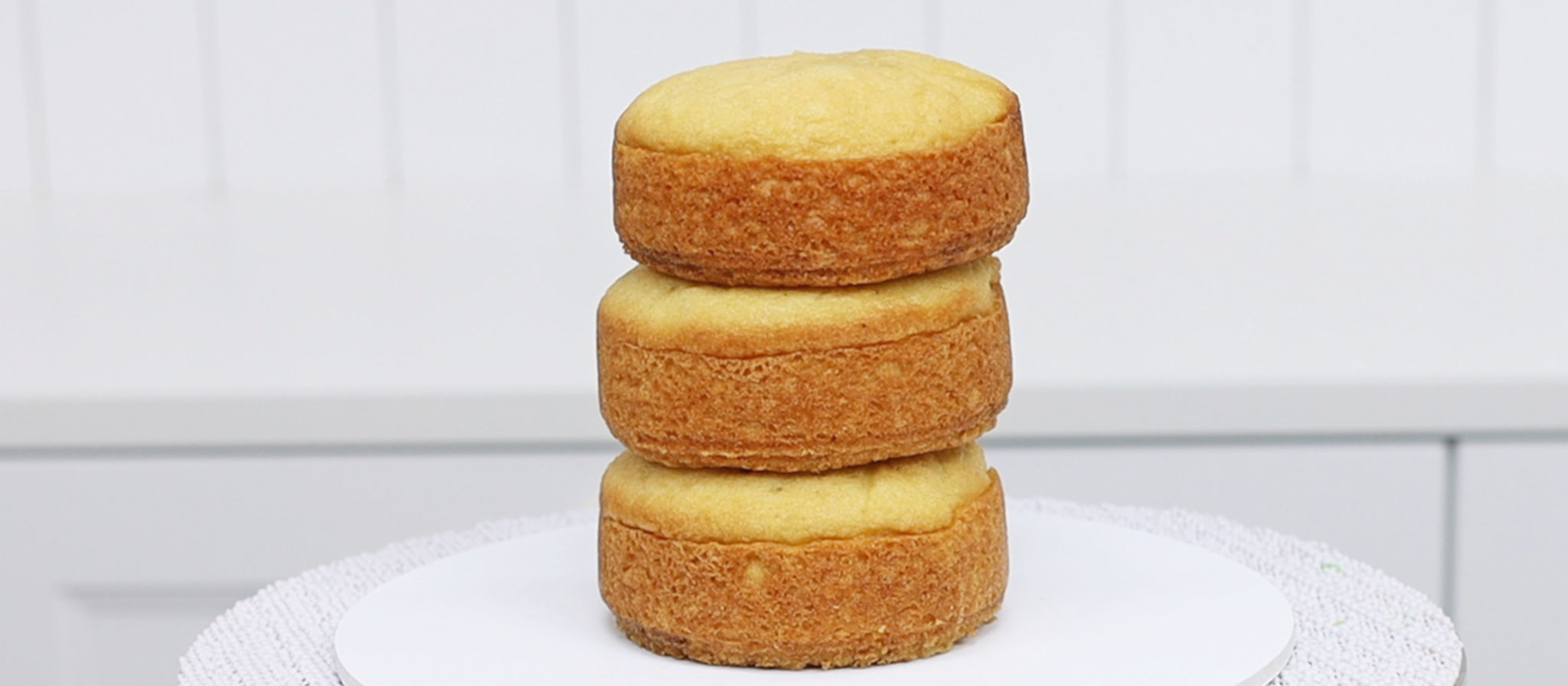

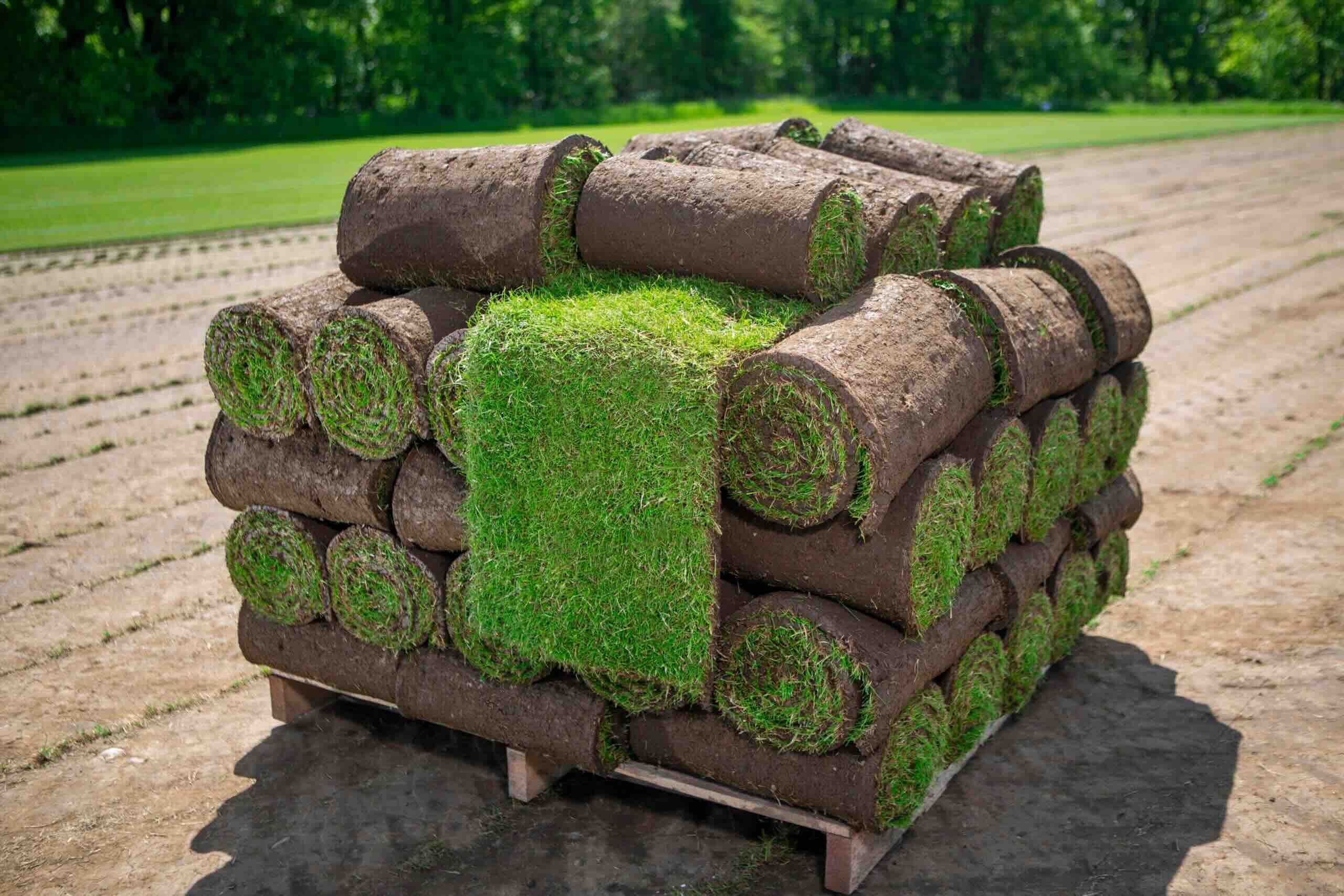

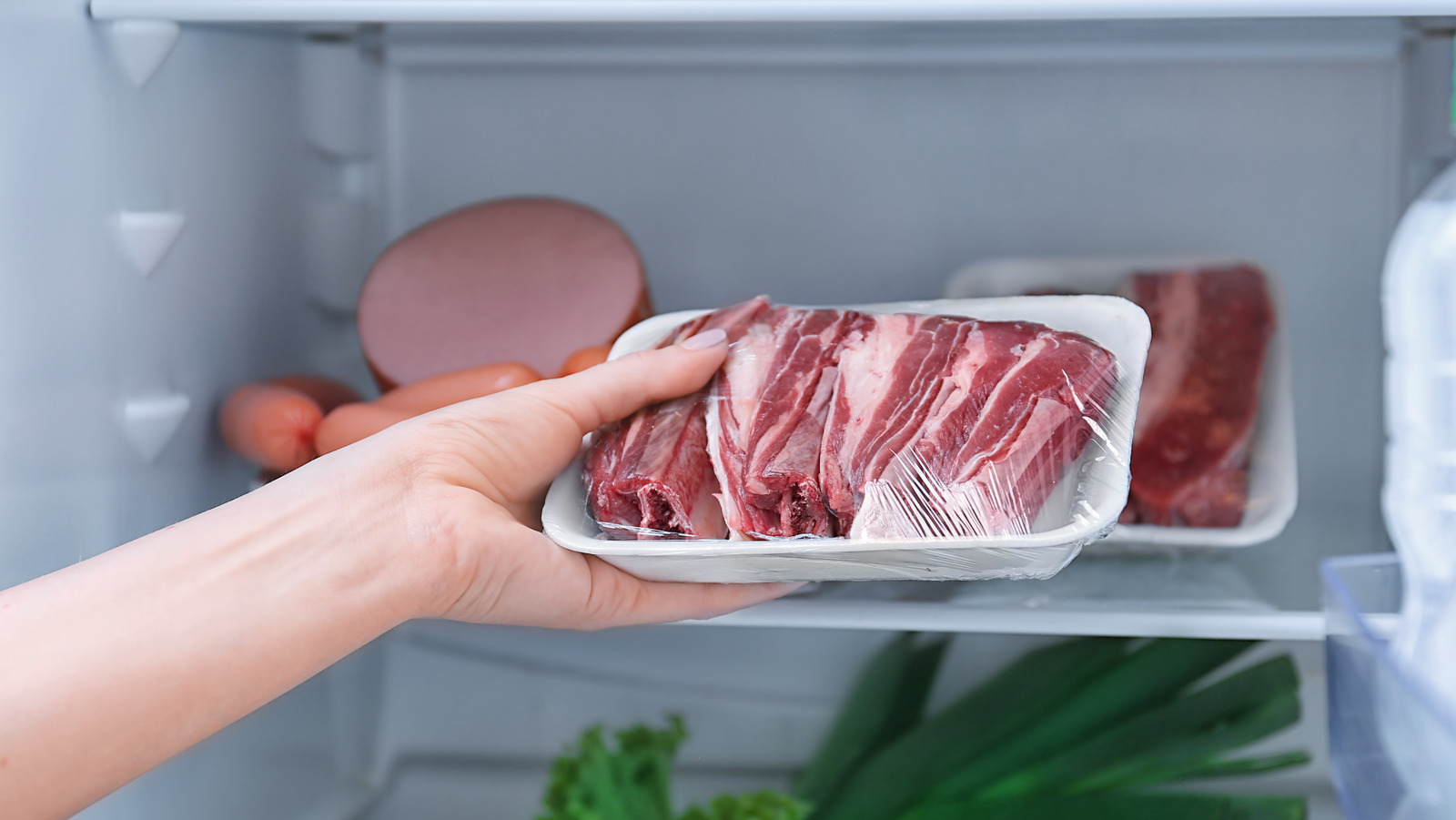
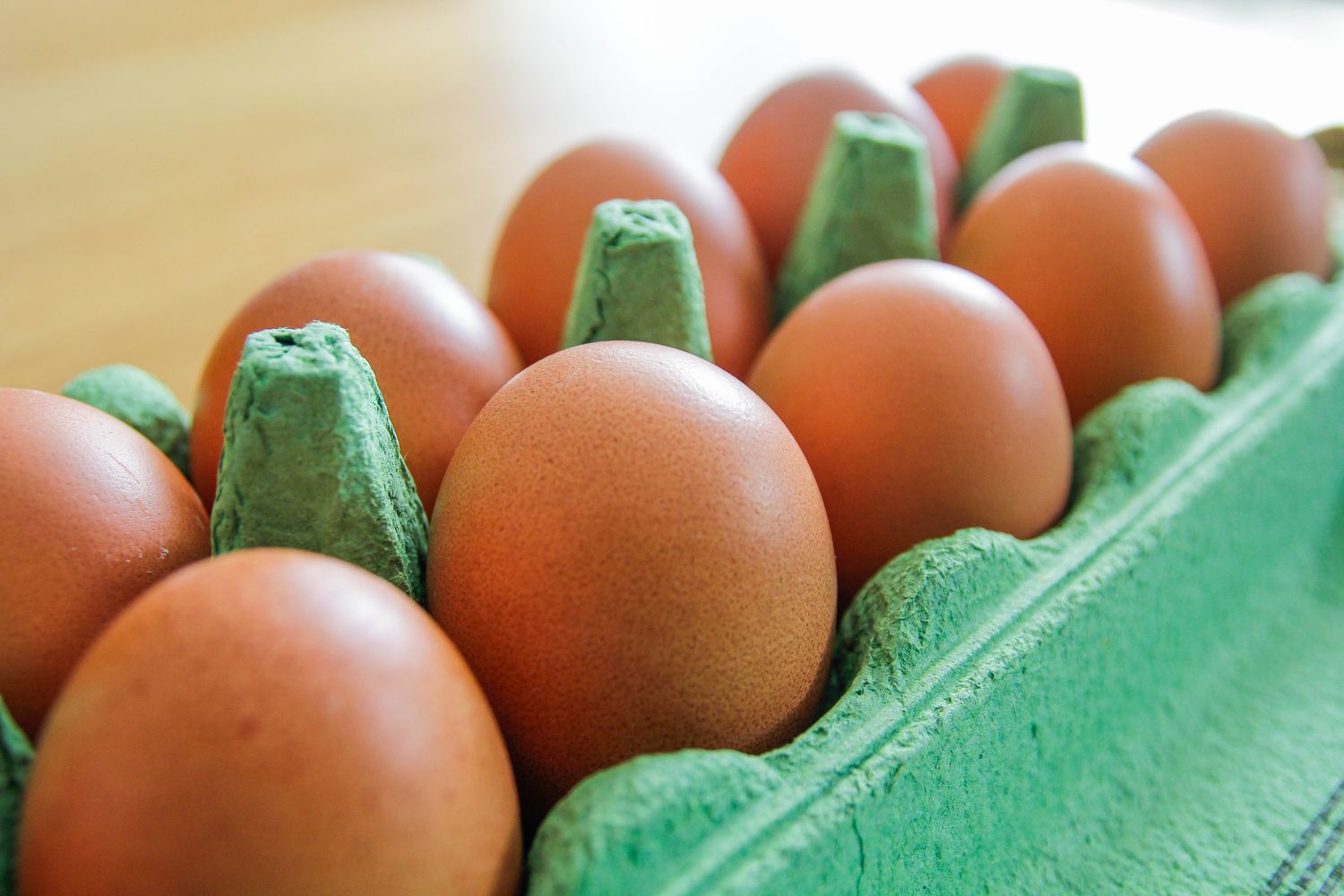

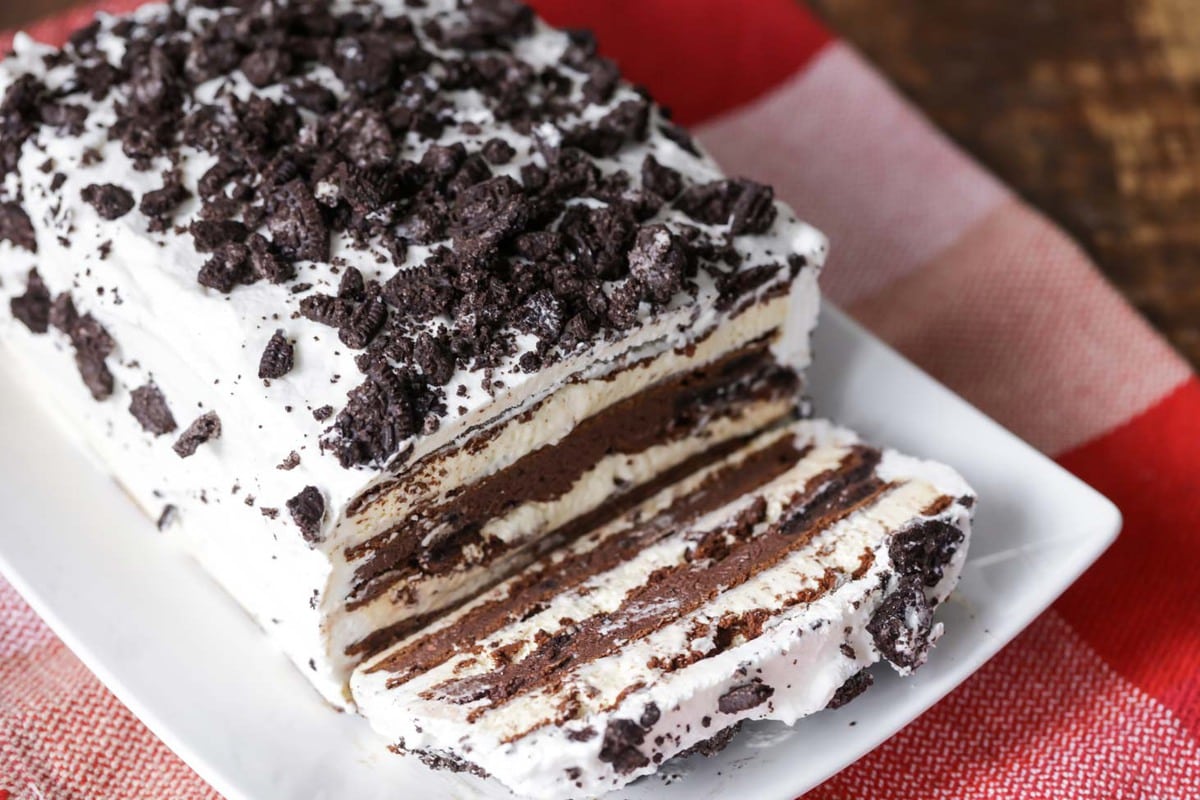
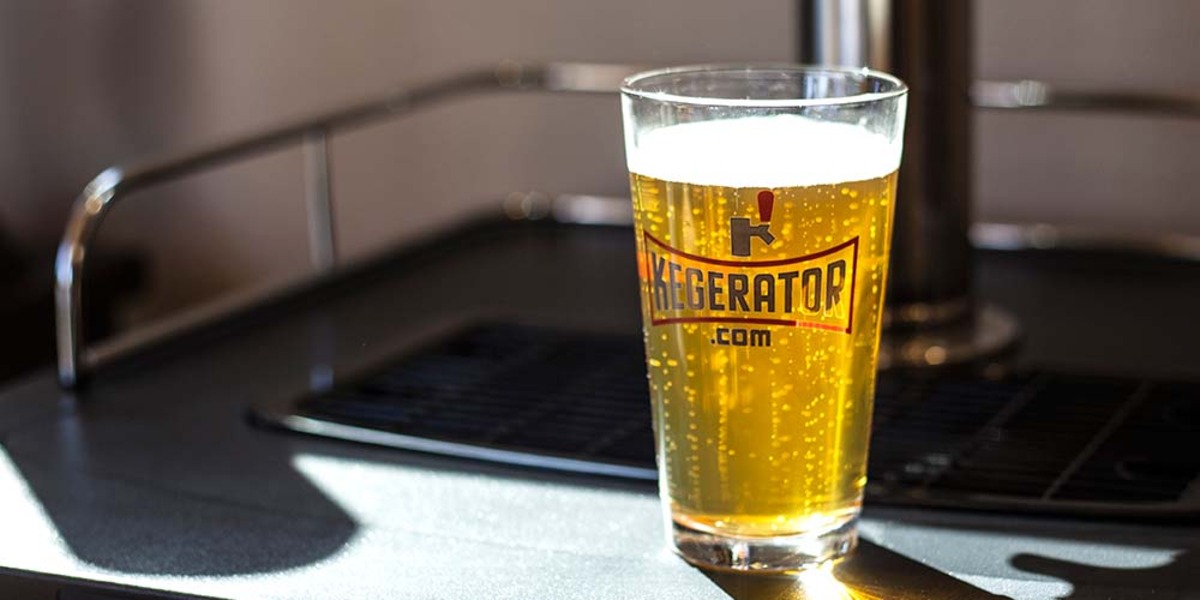
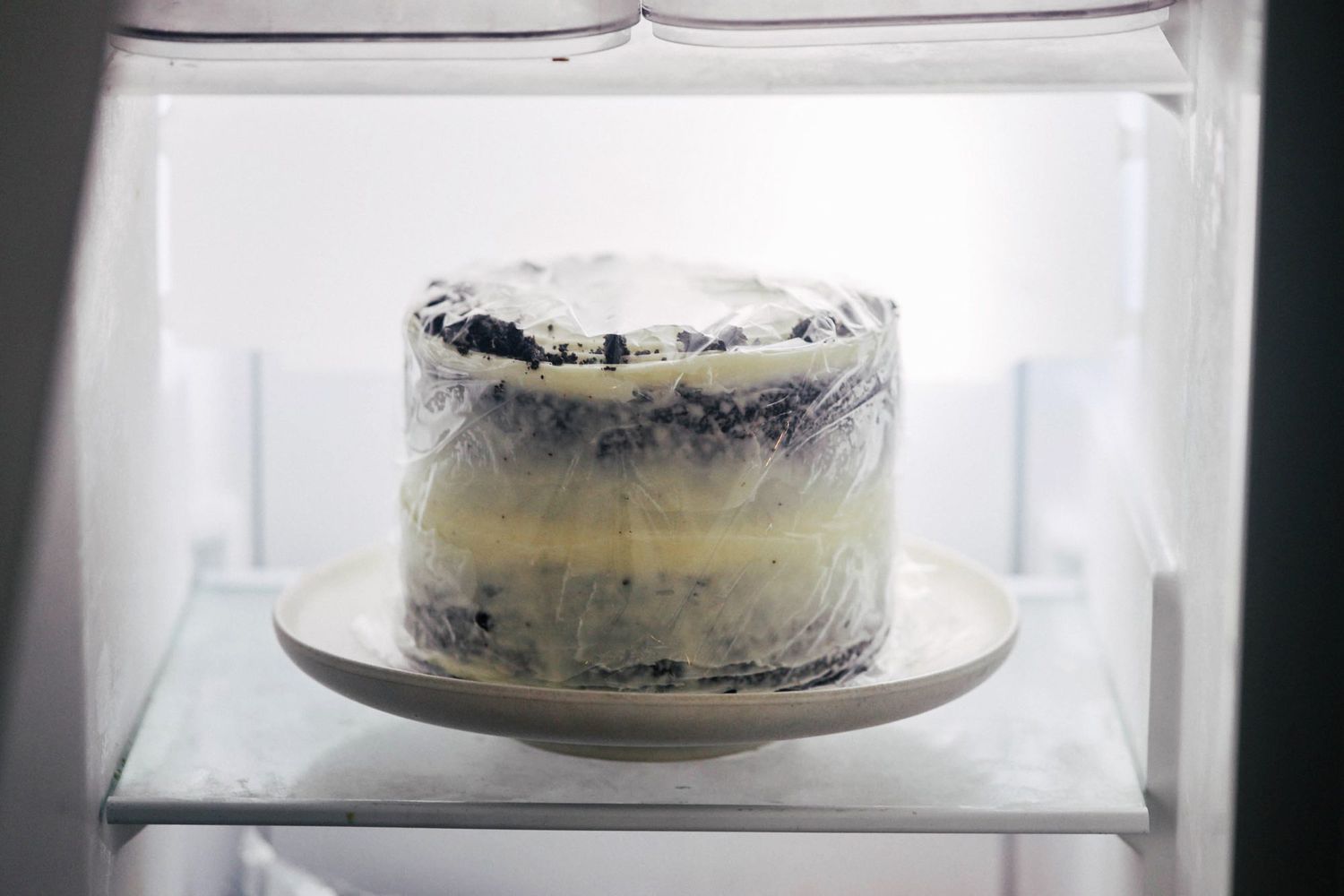


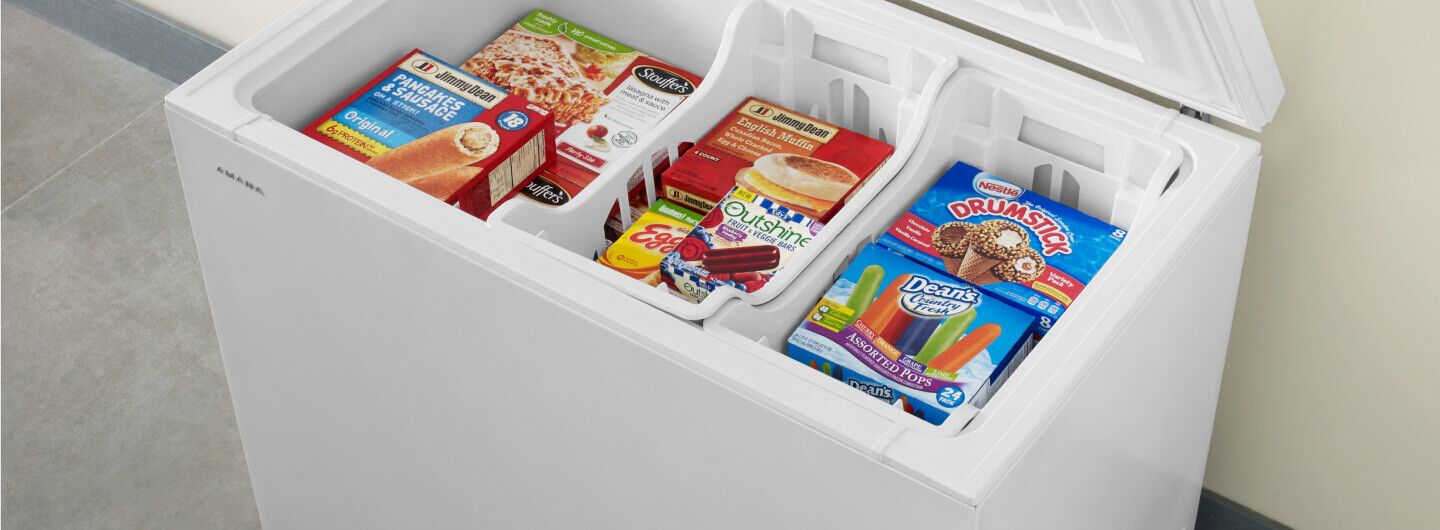
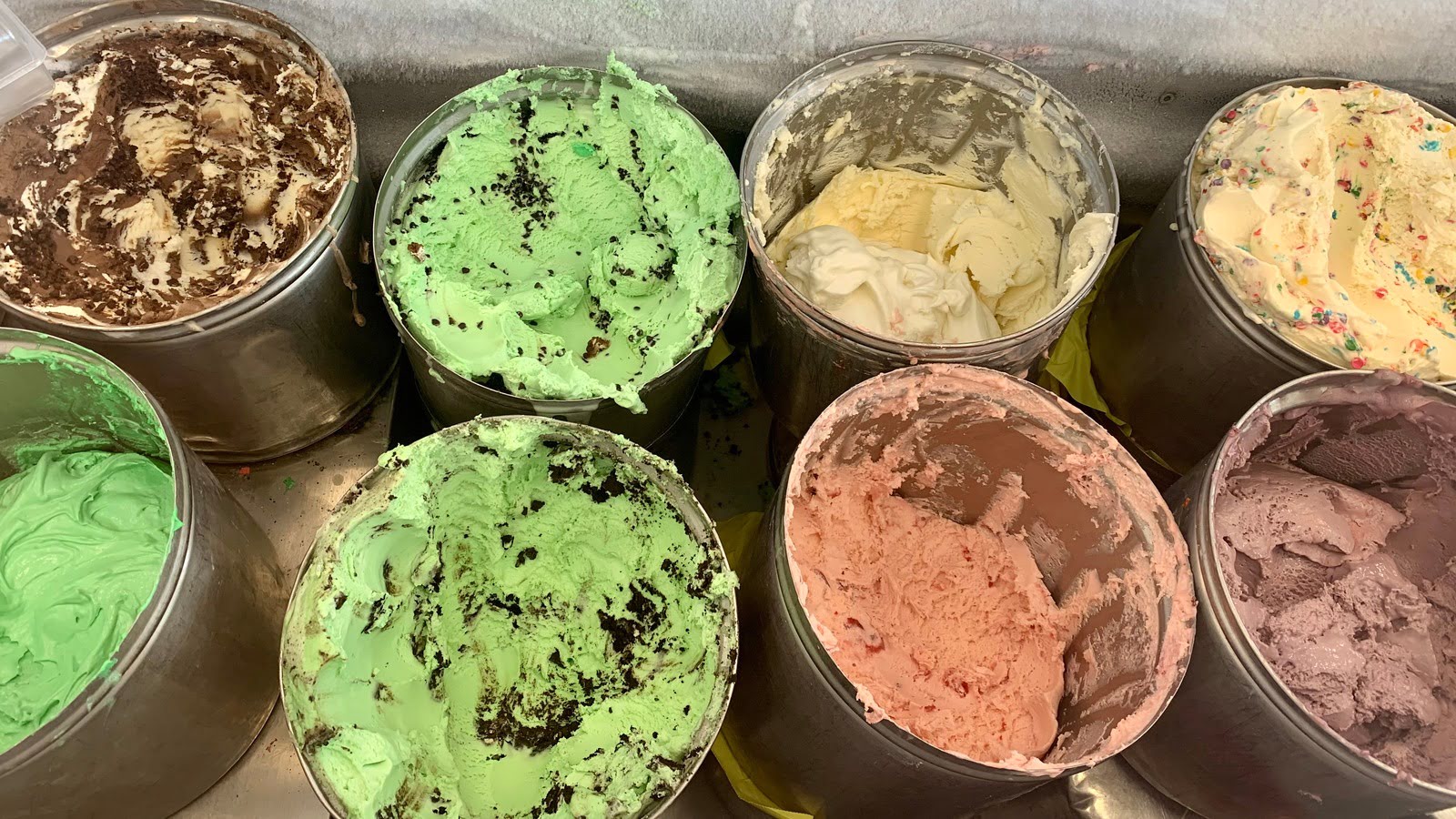

0 thoughts on “How Long Can Cake Stay In The Freezer”